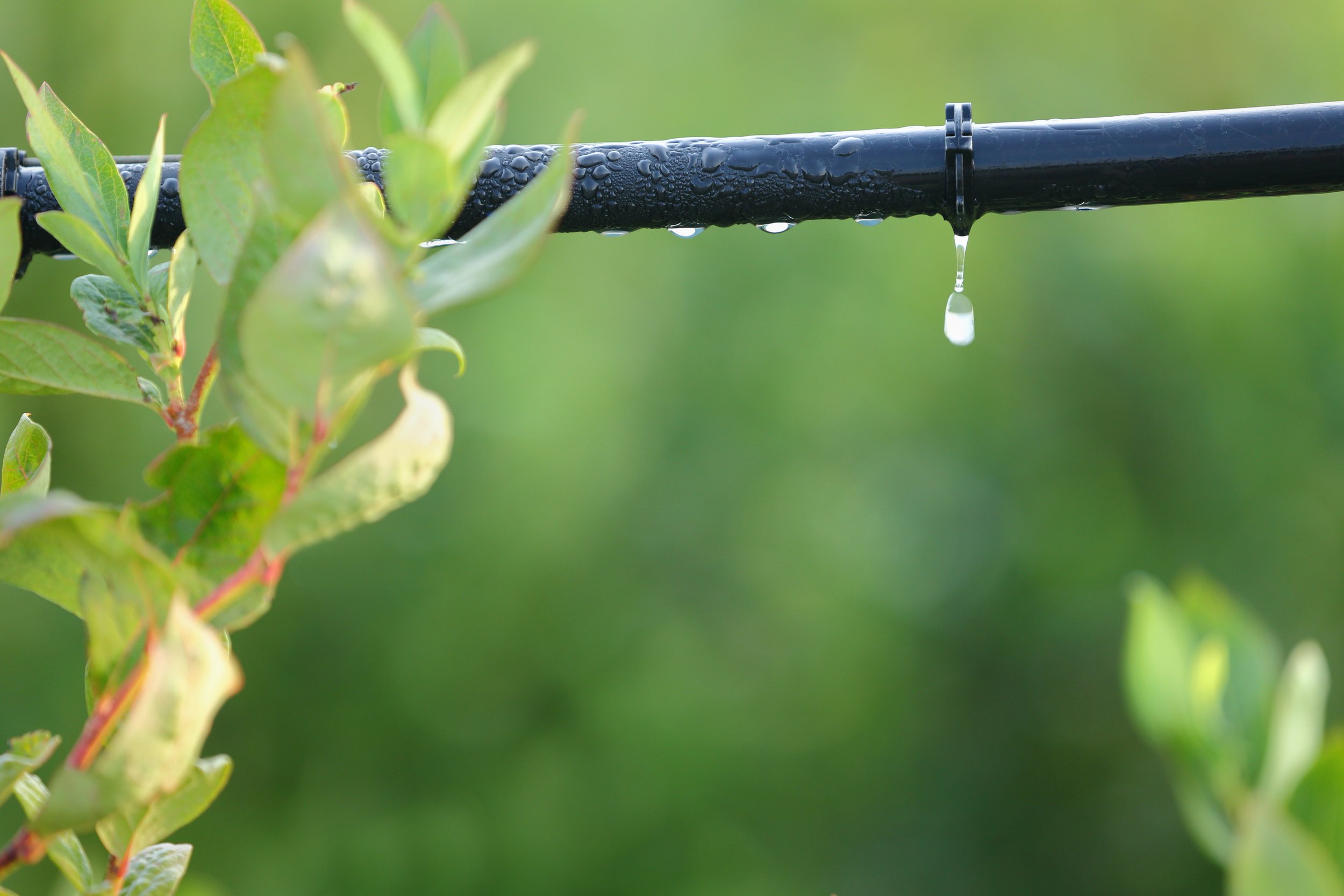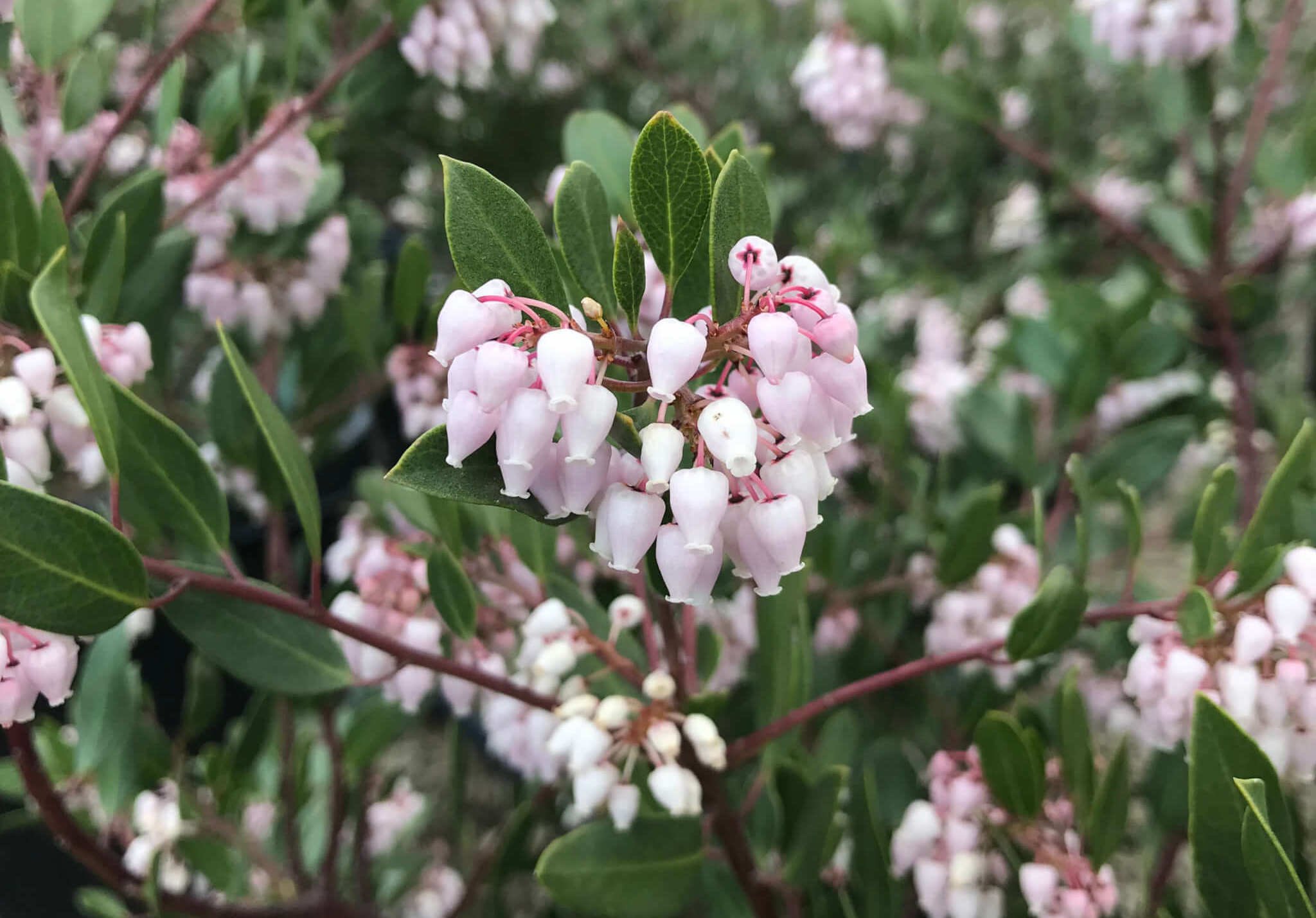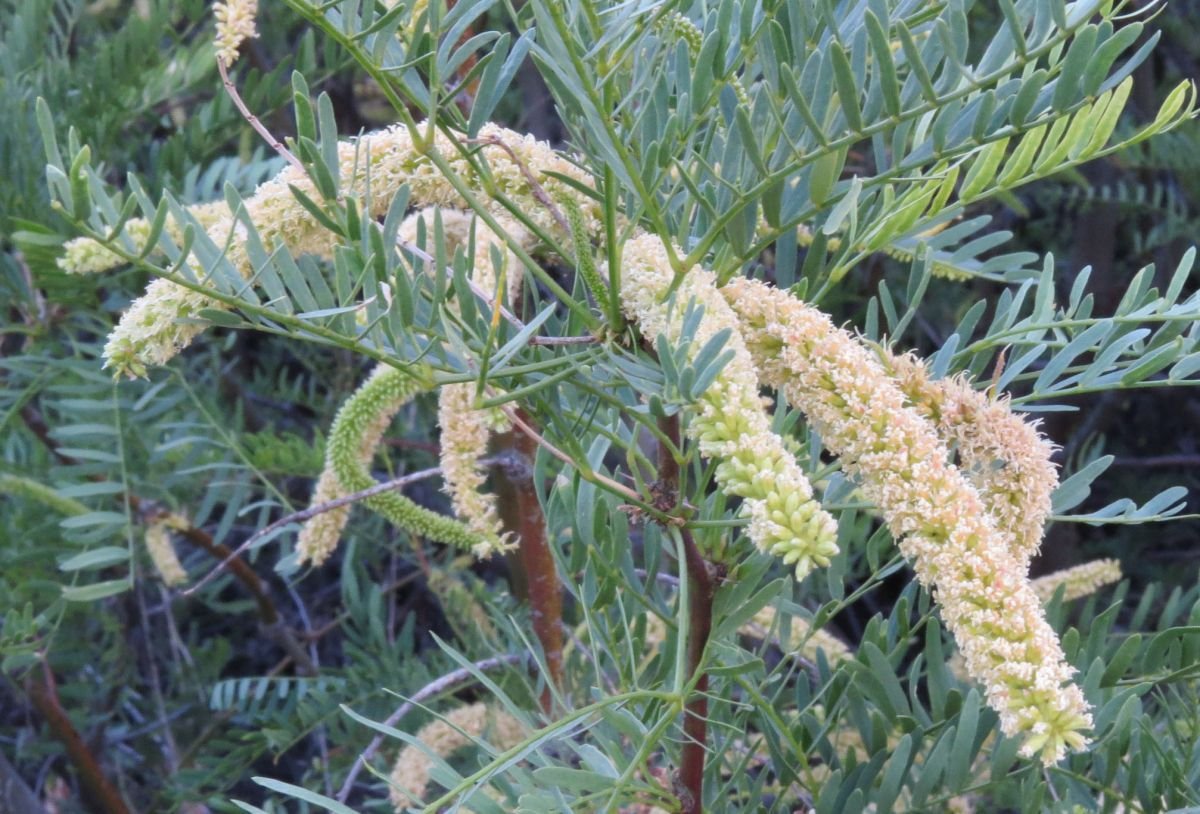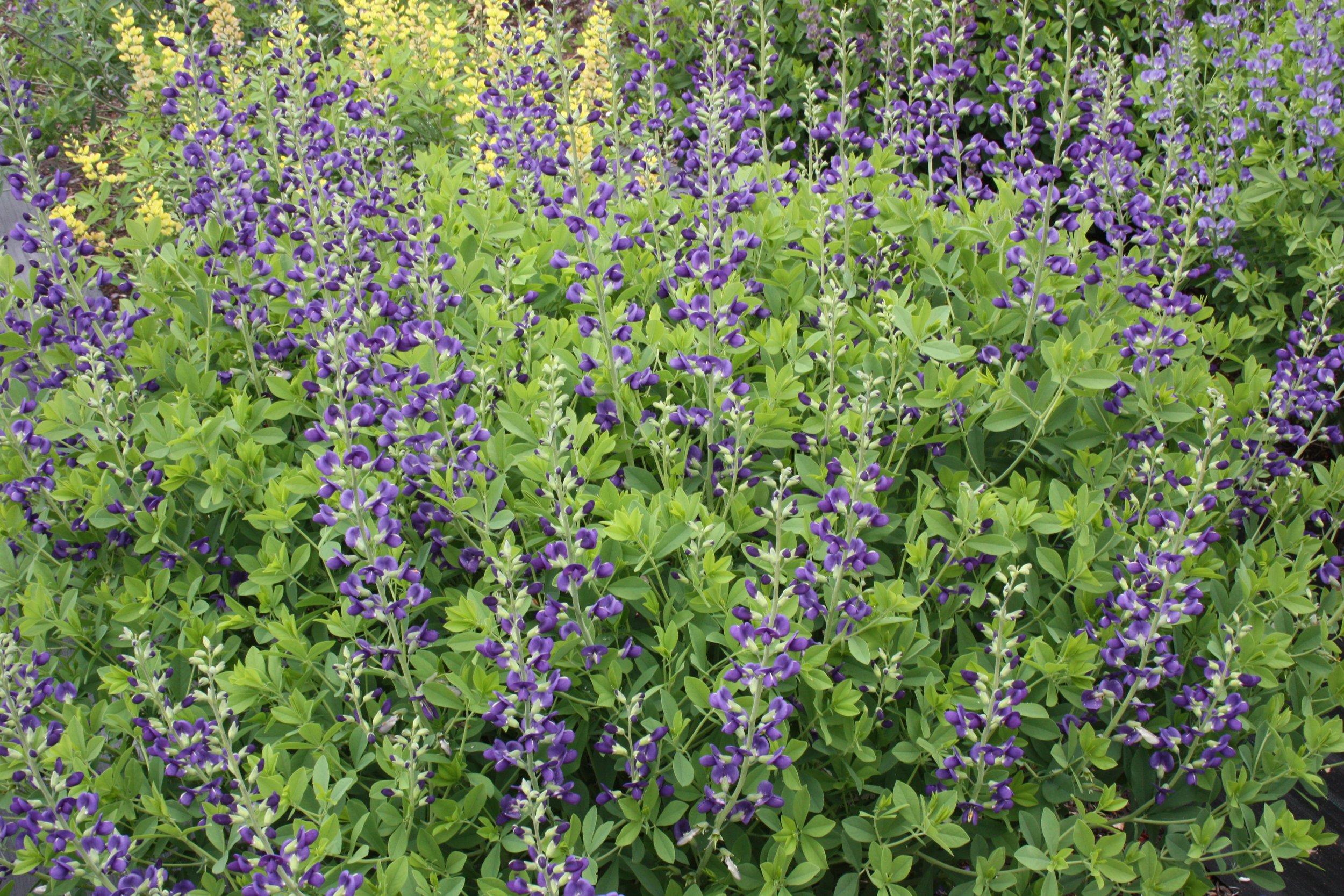We hear the term “drought tolerant” all the time when discussing water conservation and planting. What exactly does it mean? Why is it important?
Image via Sunset Mag
Where do droughts occur in the US?
Technically speaking, drought refers to a period when less precipitation falls than is typical for a region.
In the US, drought is much more common and severe in the western half of the country. In point of fact, as the New York Times recently reported, the west is currently in the grips of an intense drought.
The Northeast and Mid-Atlantic may not be as familiar with drought, but recent dry years have brought drought tolerance into the planting conversation in those regions as well.
Drought assessments compared to usual for the same time of year via Drought.gov
How does drought tolerant landscaping help?
Across the US, a lot of water goes to landscape irrigation. According to the EPA, on larger properties irrigation can account for up to 30% of home water use. Lawns are particularly irrigation heavy, especially in naturally arid regions.
When high water plants encounter drought, you can let them struggle and/or die, or keep them alive through intense irrigation. In either scenario you’re likely to wind up paying, either to replace your plants or for water usage. This arrangement is costly, high maintenance, and detrimental to regional water supply, particularly during times of drought.
By opting for plants that require little water, we can meaningfully impact water consumption, and save ourselves effort and expense to boot.
What does “drought tolerant” really mean?
“Drought tolerance” means exactly what it says: it refers to a plant’s ability to survive periods where precipitation is scarcer than expected. “Drought resistant” describes plants that can survive long periods of time with no water at all. So, drought resistant plants are drought tolerant, but not necessarily the other way around. The plants in this guide won’t necessarily survive long periods of time with no water, but they are not “high water” and can tolerate less water than their comfortable environment typically provides.
There is a common misconception that drought tolerant plants are limited to succulents or scraggly desert species. This is not the case!
Across the US, you can find drought tolerant species hailing from a variety of ecosystem types, from grasslands to woodlands to coastal dunes and more. These plants come in a variety of appearances: ornamental grasses, floral perennials, dense drought tolerant shrubs, trees, and on and on.
From a design perspective, this is great news. The wide variety of drought tolerant plants available at nurseries makes it easy to incorporate them into a wide range of planting design styles.
Low water Artemisia plant via The Spruce
What makes a plant drought tolerant?
Drought tolerant plants have evolved a variety of adaptations that allow them to survive when water is scarce:
Leaves and stems of some drought tolerant plants such as sedum (stonecrop) and other succulents are thick and waxy to trap moisture and reflect sunlight. Ceanothus is a lovely example of this (and a fabulous habitat plant in its native range).
Leaves may also be small or thin to reduce the surface area through which they lose water to evaporation, as does Santolina , a lovely Mediterranean species.
Leaves can also be coated in small, silvery hairs, as with many Artemisia species (another great habitat plant in the West). These hairs shade the leaves and reduce their contact with hot air.
Sometimes the plant has silvery foliage, or have a waxy coating that lends a silver hue, again to reflect heat away. Such is the case with many succulents, including Agave parryi .
Some plants, like buckeye and valley oaks, drop their leaves early in the season to conserve their limited resources through hot and dry summers.
Other plants, like Panicum virgatum , have extensive, deep root systems that give them access to moisture during dry spells.
While these adaptations are common to many drought tolerant species, they are not a given. Remember, there’s a lot of variety out there!
Exterior landscape design by Yardzen featuring drought tolerant plants
Are native plants drought tolerant?
Not all native plants from dry or drought-prone regions are drought tolerant, but they frequently are. Having evolved to survive drought, dry region natives often require the least assistance - i.e. the least additional water or maintenance - to perform well in arid conditions.
Introduced plants can be equally drought tolerant, provided they evolved in climates that are dry. Many species from the Mediterranean, South Africa, and Australia make for water-wise selections in California’s Mediterranean climate, for example.
Some hardy plants native to temperate climates are also drought tolerant, such as Common Yarrow (achillea millefolium), which is found across the United States and beyond and also grows in poor soil.
Image via Jobe’s
Do I need to irrigate a drought tolerant garden?
Drought tolerant or not, every new plant needs regular water at first, but once established, drought tolerant plants can do well in dry conditions with minimal irrigation. This makes drought tolerant plants, and particularly drought tolerant natives, central features of many xeriscape planting designs.
While it’s important to select drought tolerant species, it’s equally important to have a water-efficient irrigation system. Drip irrigation reduces the loss of water to evaporation or wind, and is recommended for almost all plantings except for lawns (stick with spray for lawns). Routinely inspect your irrigation system to make sure you aren’t losing water to leaks.
Mulching around garden bed plantings can also help your landscape tolerate periods of drought by slowing runoff and water loss through evaporation.
PRO TIP → When watering drought tolerant plants, especially young ones, water occasionally and deeply. Water too frequently, and plants will develop shallower root systems that serve them poorly during dry spells. Infrequent, deep watering coaxes roots systems to expand, giving them access to more moisture when conditions are dry on the surface.
Popular drought tolerant plants
Looking to explore some drought tolerant garden design?
Here are some of our favorite drought tolerant plants, organized by region. Species with asterisks (*) are native to the region in which they’re listed. Species in bold are particularly high performers.
Gorgeous pink flowers of the ‘Howard McMinn’ Manzanita via Sacramento Valley
FAVORITE CALIFORNIA DROUGHT TOLERANT PLANTS
Quercus agrifolia; full sun to part shade (Oaks are fabulous habitat plants. This tree is a host plant for over 40 butterfly and moth species including California Sister (Adelpha californica) and California Oak Moth (Phryganidia californica). Note that supplemental watering in the summer is actually detrimental to this species) *
Ceanothus 'Concha'; full sun to part shade *
Arctostaphylos; full sun to part shade (There are many manzanitas to chose from. 'Emerald Carpet' is a great low-growing drought tolerant ground cover, useful for erosion control on hillsides. ‘Dr. Hurd’ is a lovely sculptural accent!) *
Cercis occidentalis; part shade to full sun *
Cistus; full sun
Rosmarinus officinalis; full sun
Quercus macrocarpa ‘Burr Oak’ via PlantMaster
FAVORITE TEXAS DROUGHT TOLERANT PLANTS
Quercus macrocarpa; full sun *
Salvia greggii; full sun, (flowering plant attracts hummingbirds and other pollinators!) *
Gaura lindheimeri; full sun *
Hesperaloe parviflora; full sun, (flowering plant attracts hummingbirds and other pollinators!) *
Leucophyllum frutescens; full sun to part shade *
Mahonia trifoliata ; full sun to part shade *
Dalea greggii; full sun to part shade *
Wedelia texana; full sun to part shade *
Agave spp.; full sun *
Prosopis glandulosa ‘Honey Mesquite’ via CalFlora
FAVORITE SOUTHWEST DROUGHT TOLERANT PLANTS
Chilopsis linearis; full sun *
Fallugia paradoxa; part shade *
Quercus gambelii; part shade (this oak produces beautiful green foliage in desert landscapes!) *
Prospois glandulosa; full sun *
Berlandieria lyrata; full sun to part shade *
Acacia aneura (Mulga); full sun *
Caesalpinia gillesii; full sun *
Opuntia spp.; full sun *
Agave spp.; full sun *
Rhus trilobata 'Autumn Amber' in spring via Wikimedia
FAVORITE UTAH & MOUNTAIN DROUGHT TOLERANT PLANTS
Quercus gambelii; part shade *
Arctostaphylos patula; full sun to part shade *
Arctostaphylos x coloradensis 'Panchito'; full sun *
Penstemon strictus; full sun (flowering plant attracts hummingbirds and other pollinators!) *
Rhus aromatica 'Gro-Low' or Rhus trilobata 'Autumn Amber'; full sun to part shade *
Perovskia atriplicifolia; full sun *
Potentilla fruticosa cvs.; full sun *
Purple flowers of Baptisia australis ‘Deep Blue Indigo’ via Juniper Level Botanic Garden
FAVORITE MID-ATLANTIC DROUGHT TOLERANT PLANTS
Baptisia australis; full sun *
Panicum virgatum; full sun to part shade *
Schizachyrium scoparium; full sun to part shade *
Liatris spicata; full sun *
Asclepias tuberosa; full sun *
White flowers of Myrcianthes fragrans ‘Simpson’s Stopper’ via Florida Wildflower Foundation
FAVORITE FLORIDA DROUGHT TOLERANT PLANTS
Myrcianthes fragrans; full sun to part shade *
Aptenia 'Red Apple'; full sun to part shade
Carissa macrocarpa; full sun *
Clusia guttifera; full sun *
Echinacea purpurea (Purple Coneflower); full sun to partial shade (a drought-tolerant perennial native to the midwest and south!) *
Back yard landscape design in California featuring hardscaping and low maintenance low water plants
PRO TIP → Your local nursery will always be the best source of information as to which plants offer high performance and drought tolerance in your area - a trip to the nursery is never wasted time. Happy hunting!
GET STARTED WITH YOUR DROUGHT TOLERANT LANDSCAPE DESIGN BY YARDZEN
Yardzen's award-winning online landscape design is tailored to clients in all fifty states in the US. Through the American Rewilding Project, we are committed to creating designs with climate-adapted plants and water saving landscaping in drought-prone regions unless homeowners specifically opt out.
Our design process begins with understanding your space, your aesthetic preferences, and a discussion of your budget and vision to minimize surprises when it comes time to build.
Our top-notch designers then develop a personalized vision for your yard, shared through 3D renderings, 2D plan drawings, and plant and material lists. Your design will capture the look, feel, and function you are hoping for, all while keeping costs within range.
Once your design is complete, we'll help you connect with a local contractor from our Pro Network of vetted professional landscapers to install your new design.
Ready to level up your curb appeal and sustainability with drought-tolerant landscaping ideas? Create your design profile or explore our design packages today!













